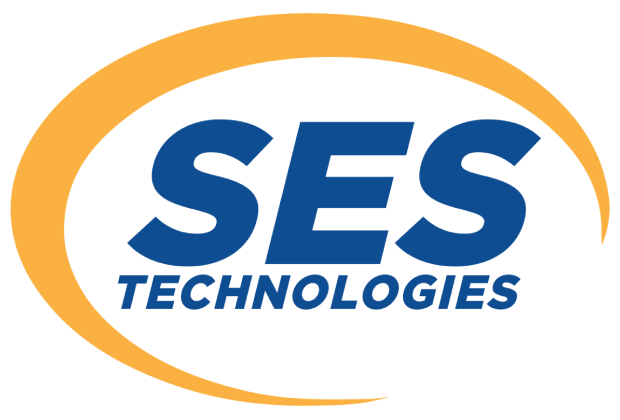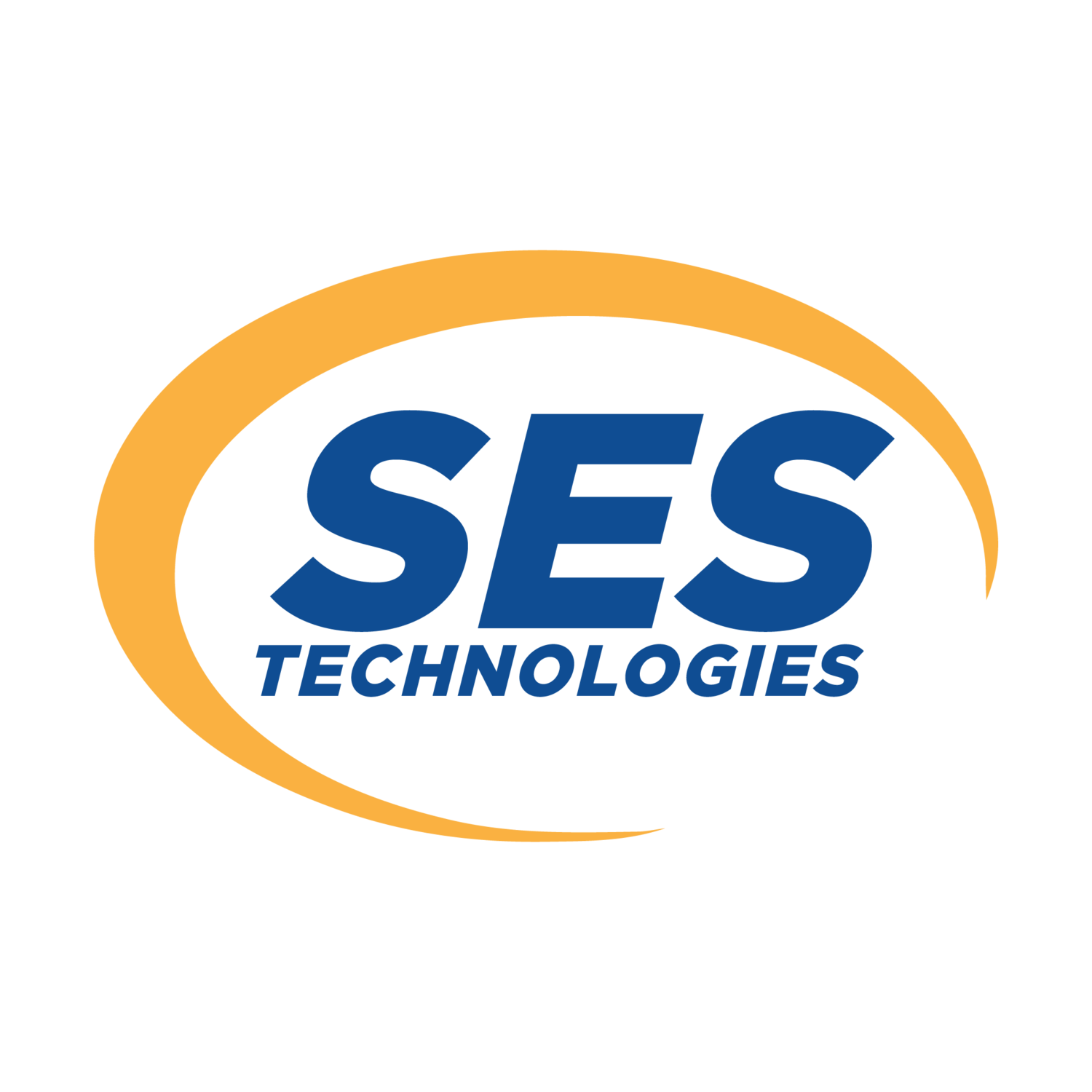Everything you need to know about Cloud CCTV
When opting for cloud security, cloud CCTV might be something you’re considering. There are lots of benefits that come with cloud CCTV security systems that can easily compete with traditional CCTV security.
Cloud CCTV captures the same visual data as a normal camera system, and will only require an internet connection to function properly.
If you’re looking for an excellent guide on Cloud CCTV, read on and we’ll inform you!
What is Cloud CCTV?
Cloud CCTV is a high-quality alternative to traditional CCTV cameras, with the added bonus of cloud based video storage, meaning footage is secured without having to locally store, giving you far greater security and ease of access from multiple locations.
With cloud security software, all footage is recorded by the connected cameras and is stored directly to cloud storage via the internet. You can choose who can access the stored footage, and they can be accessed using a desktop browser or mobile app.
The idea of storing various footage in the cloud can boast a variety of benefits for commercial sectors looking to implement a security system or upgrade their existing one.
What are the benefits of Cloud CCTV?
Digitalised storage for CCTV footage comes with the following benefits that can improve your business’ security.
Better Cybersecurity
With many cybersecurity companies developing their online storage facilities to ensure any security breaches are prevented before they happen (such as Eagle Eye Networks), you can be sure to maintain the security of your video footage easily. This is due to all footage stored being encrypted, which means all content can only be accessed with a secure login to the platform.
Reliable Security Measures
Regardless of connection, most video management systems that use cloud security can continue recording, making it a reliable source of security for businesses across a variety of sectors. It’s an ideal feature as this means it can record video for up to a certain amount of days depending on the VMS software.
Flexible Retention
A true cloud system can easily adjust its settings in the interface to increase the retention duration as needed. Some video management systems can even increase retention up to 20 years! Customers can also lower retention whenever it’s appropriate to reduce costs using cloud CCTV systems.
Future-Proof Platform
A Cloud CCTV’s storage system can continuously evolve with all developed AIs, search functions and analytics. This means that the technology behind this software will always be on top of the current technology.
Available AI & Analytical Features
Most Cloud CCTV storage systems use analytics and AI to make it possible to track customers, highlight intrusions, search for particular items such as cars or people, and enhance security overall.
Storing footage on Cloud CCTV
All devices connected to the internet can upload data to a remote server. As mentioned before, cloud storage is in most features we use on a day-to-day basis whether that might be social media, a CRM system or a work system that organises tasks such as Monday.
This is similar to how Cloud CCTV stores its footage onto their storage system. All content recorded is uploaded on a separate server, which can then be accessed and downloaded on demand.
If you own a smartphone and have the right login to access the encrypted footage, you can view all recorded videos and livestreams on the chosen VMS software.
Cloud CCTV versus Traditional CCTV
There are stark differences between Cloud and traditional CCTV cameras. The standard form of recording, storing and viewing video footage is by utilising hardware equipment that is typically found on-site. These can come from machines such as digital video recorders (DVRs) or even network video recorders (NVRs).
Cloud CCTV is distinctive whereby all video footage and live streams are stored onto a third party server. This, as mentioned above, can be accessed as long as you have efficient internet connection, a digital device such as desktops, laptops or mobile phones and the correct logins for accessing all footage.
Cloud CCTV offers an advanced form of security that can reduce all security risks regarding video recordings and video storage.
Below is a quick guide on the difference between the two types of CCTV systems:
-
• Uses third-party server for storage
• Requires additional resources for access - increasing security
• Reliable, secure and robust
-
• Uses hardware equipment to store all footage.
• Relies on physical equipment such as DVRs and NVRs
• Secure and high-quality, but has higher security risk depending on security measures.
Both have their own benefits and drawbacks. To enable functional security systems across your business or household, it will be ideal to install Cloud CCTV video surveillance as your primary security measure, while also considering standard CCTV systems as a back-up.
Is Cloud CCTV For You?
If you’re looking for a streamlined security solution, with a robust management system and hassle-free video surveillance storage, then Cloud CCTV is something you will want to consider.
There are lots of cloud-based security solutions available for a wide variety of businesses. Cloud security systems are becoming increasingly popular due to the digital nature of their functionality, and the fact that they are also more effective in providing the right security for various businesses and households. There are lots of reasons why cloud security is revolutionising the security industry.
If you think Cloud CCTV isn’t something you want to implement, check out other cloud-based security systems that are available at SES Technologies.

